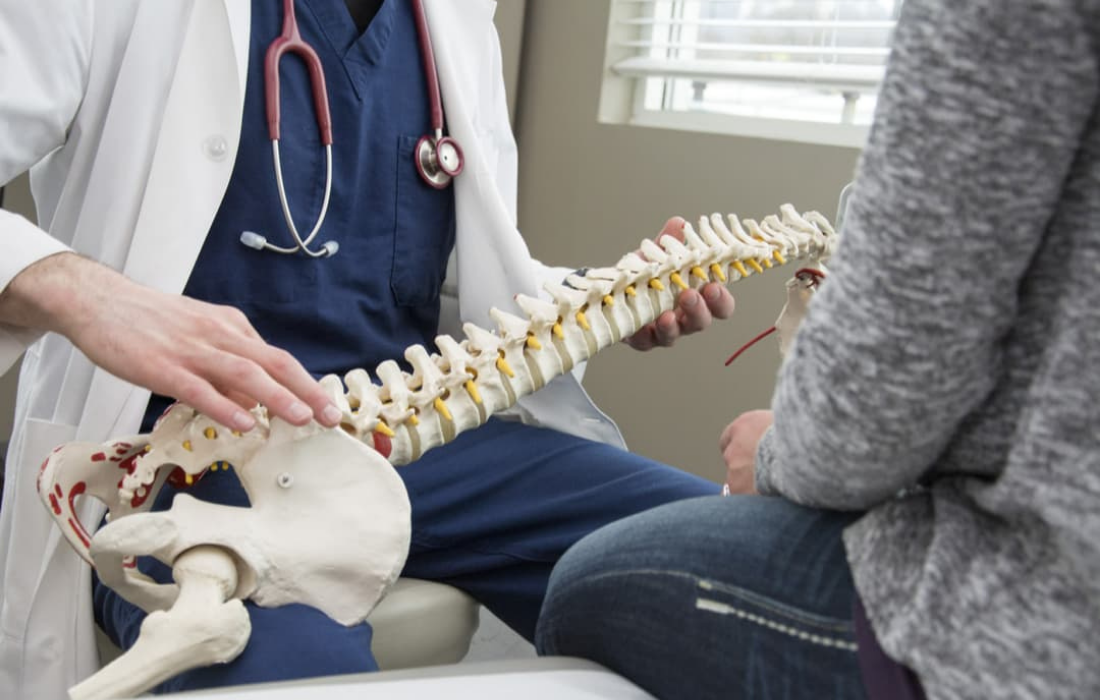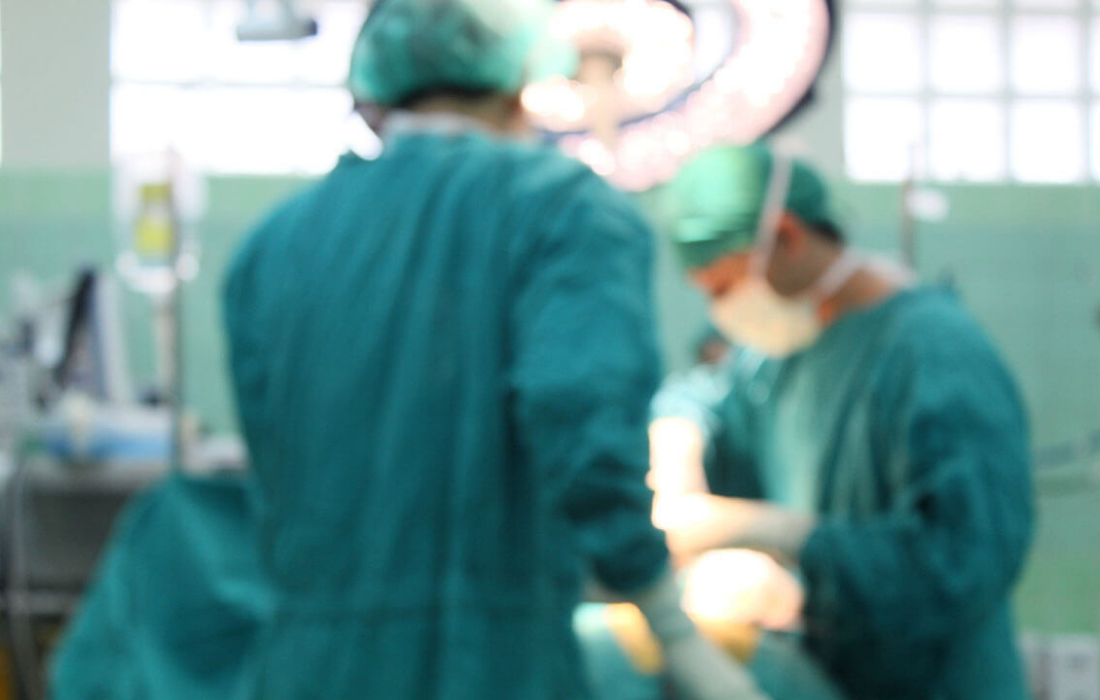Kyphoplasty is a procedure to reinforce damaged vertebrae (backbones). It treats a condition called a compression fracture, sometimes called an osteoporotic compression fracture, in the spine.
When one or more of the spine’s 33 vertebrae are subjected to increased pressure or are weakened from osteoporosis, they can lose part of their structure, in effect collapsing. This can be extremely painful if the cracked vertebrae are now pressing on the spinal cord or one of the nerve roots branching off the spinal cord.
Kyphoplasty is a method of fixing compression fractures and restoring the vertebra to its proper height and structure. It is a surgical procedure that uses a small balloon to prop up the vertebra, then cement to ensure it keeps its correct shape.
Who Is a Candidate for Kyphoplasty?
People who need kyphoplasties are those who have experienced a vertebral fracture due to spine compression. Usually, the compression fracture is caused by osteoporosis, a condition in which the bones become soft, weak and brittle.
- Risk factors for osteoporosis include:
- Age: The risk of osteoporosis increases with age
- Ethnicity: People of Asian or European descent are at higher risk of osteoporosis than people of other ethnicities
- Family history: Osteoporosis tends to run in families, suggesting a genetic component
- Sex: Women are more likely than men to have osteoporosis
How Kyphoplasty Is Performed
Kyphoplasty is a minimally invasive operation. For other procedures, this usually means small incisions, small tools and a flexible camera attached to a video monitor, as opposed to a relatively large incision to give the surgeon access.
Kyphoplasties are slightly different, and even less invasive than described above. A surgeon, guided by X-ray images or magnetic resonance imaging (MRI), first inserts a needle through the skin and muscles and into the vertebra.
This needle delivers a tiny balloon into the vertebra, which is then blown up. The balloon restores the collapsed vertebra’s structure and height, removing any painful compression of the spinal cord or any nerve roots.
Next, the doctor injects the vertebra with a special bone cement through the same needle. This cement hardens in minutes and permanently reinforces the vertebra’s shape and height.
Benefits and Risks
Kyphoplasty brings with it some compelling advantages, chief of which is that the compression fracture is fixed and the person is likely no longer in pain. Other benefits include:
- A high rate of success—about 92 percent of people who have a kyphoplasty report a reduction in pain, according to a study published in Seminars in Interventional Radiology
- A lower rate of complication than other compression fracture treatment procedures
Any surgery in which the skin is punctured, including kyphoplasty, carries the risk of infection. However, that risk is usually small. One potential complication of kyphoplasty is the bone cement leaking out from the vertebra. This is not usually a problem, though it can become potentially dangerous if the cement enters the spinal canal or lungs.
Recovery from Kyphoplasty
Kyphoplasty is often an outpatient procedure, meaning no hospital stay is necessary. If the patient must stay in the hospital, it is rarely for more than one night. Most people can return to light activity within 24 hours after the surgery. A full recovery, wherein the patient can perform strenuous activity or lift heavy objects, usually takes about six weeks.
If you are experiencing back pain, UOA’s award-winning spine experts can help. We will use advanced diagnostic techniques to reveal the source of your back pain, then create a treatment plan that is right for you and your situation. Request an appointment today.




